Journal #34: Merging
by Miles Raymer
Before I had any experience of building, I did not grasp the degree to which modern homes are a carefully orchestrated merging of many different materials. Everyone knows at some basic level that houses are complex organizations of wood, concrete, metal, wiring, and all the rest, but those with little or no knowledge about how they all come together tend to regard houses as a single entities. We generalize, saying houses are “pretty,” “ugly,” “creepy,” “spacious,” ect. These assessments result from incalculable surfeits of sensory input that our brains rapidly synthesize so they can be expressed in language. The more familiar one becomes with building, the more it is apparent just how much effort goes into helping casual observers form a quick and (hopefully) charitable impression.
Finishing, which includes any part of a house that will ultimately be visible to inhabitants or visitors, is an art of merging, of blending separate pieces to produce an intuition of wholeness. This is especially important when adding on to an already existing house, in which case the builder strives to create a seamless transition between old and new structures.
For the a house’s interior, sheetrock signifies the beginning of the end. Early last week, Sean and Matt and I set out to get it done. The ceiling is the first and most difficult part of the process. Sheetrock is extremely heavy, so it’s good to have the right tools to make the job as easy as possible. For hanging the ceiling, this lift was indispensable:
We loaded this lift with sheetrock and cranked it up to the ceiling, where we could then screw into the ceiling joists and sheetrock nailers.
We also used specialized screw guns to expedite the process.
Hanging the ceiling was especially grueling work, but the walls were also challenging. Putting all the screws in required a lot of effort to hold the sheetrock in place (even with the lift), and we often had to maneuver tight corners and contort our bodies to aim the screw guns properly. The upside of this job is that all the corners and joints will eventually get taped and evened out with mud, so precision isn’t nearly as important as in most other building tasks.
I was absent from work last Wendesday and Friday, so I must tip my hat to Sean and Matt for doing the vast majority of the sheetrocking. They got the job done in just four days, so early this week we were able to bring in the mudders. Mudders are responsible for the careful finishing work that merges the panels of sheetrock into one continuous wall. This requires successive layers of tape and mud that disguise the joints between sheetrock panels.
The mudders haven’t done the final texturing yet, but the house interior is already looking more like the real home than ever before.
Next up was painting. On Monday we finally had a window of good weather, so we primed in the morning and painted in the afternoon.
The above picture shows a key section where the exterior of the new house meets the old one. You can see the unpainted siding and bats on the left, as well as a wall on the right that is already painted. Such areas must be treated with care to simulate an invisible transition from old to new. Sean used a strategy called feathering, which means spreading the new primer and paint out unevenly, so there aren’t any clear lines that distinguish the old paint job from the new one.
After the primer dried, we switched to paint. We were lucky to have an paint can left over from the last time we repainted the old house, so Sean was able to take the label in and have the guys at the paint shop mix up the same color.
Sean and I agreed that something strange happens after painting, which is that our minds suddenly find it difficult to remember what the house looked like before it was painted. Perhaps because it is the final and most outwardly permanent step in a months-long process, the paint tricks us into thinking that the house has always been––and will always be––that color. Or maybe it’s simpler than that, and our brains simply don’t have the neural bandwidth to preserve trifling memories that are no longer relevant.
With painting out of the way, we got started on the cedar ceiling for the covered walkway and new front porch.
These boards are cut with notches and tongues to help them lock together. This makes them easy to install––or so one would think. Alas, the notches are often temperamental, and can be especially difficult to join when longer boards are bent or warped––especially for beginners like me.
Humans have this problem too: we are designed to merge socially as well as physically, but the fact that we are made for each other can also be the source of much friction, pressure and splintering. Every now and then, however, another person comes along who slides into our lives so effortlessly that we instantly forget what it was to be ourselves before merging with them. And sometimes we learn how to navigate our peculiarities in order to ease tensions and live more harmoniously within our social spheres. So with the cedar.
One important piece of finishing work that brought the ceiling together was the installation of a final trim piece, one that snugly joined the cedar to the side of the building.
I never used to notice small features like this, but am now realizing that properly trimmed corners are a critical element of good building. Good trim work is the key to making a project pop, even for observers who can’t identify exactly why something looks either good or unfinished.
Another crucial part of finishing involves figuring out how to deal with potentially awkward surfaces. One example is a small area where the flat ceder ceiling butts into the longer vaulted section. Cutting small sections of cedar with careful precision, Sean turned a potential eyesore into an undisturbed continuation of the ceiling’s aesthetic.
But Sean wasn’t done there. On Friday, while I caulked joints for the new trim pieces, he and Matt cut and planed some very thin strips of cedar to give this ceiling something extra.
For a perfectionist like Sean, these subtle additions are what separates a work in progress from a job well done. His preoccupation with detail work is admirable and infectious.
Yesterday we also got started on the front porch railing.
Some might not like the look of a new deck tied into an old one, and I have to admit that I sometimes want to tear the old one out and rebuild it. I’ll no doubt have to do that someday, but for now I’ve come to find the contrast endearing.
This week’s work reminded me of one of my all time favorite opening sentences: “People are afraid to merge on freeways in Los Angeles.” This is the first line of Bret Easton Ellis’ novel Less Than Zero. It is an apropos introduction to the author’s bleak psyche, and has the additional quality of being a perfect metaphor for the rest of the book. Putting aside the disputed appeal of Ellis’ tapered lament about first-world isolation, his text stands as an incisive testament to the untenability of human communities that sideline the necessary conditions for meaningful connection.
Merging on freeways––a formalized process facilitated by consistent automation and clearly delineated boundaries––is one of the easiest acts of coming together that pervades modern life. Much harder to navigate are the ways in which we must merge our lives with the habits of fellow humans and the vicissitudes of the natural world. Fickle reality often sends us running for cover, heartsick for a set of simple rules that will dependably merge our internal longings with external validation. This intuitive knowledge that nature is not on our side, that nature does not admit the concept of “sides,” necessitates the need for hearth and home, for a dependable location from which we can strike out into the unknown with some small assurance, however illusory, that we can return safely at journey’s end. Making a home is how we cultivate the requisite vulnerability for merging with the universe.
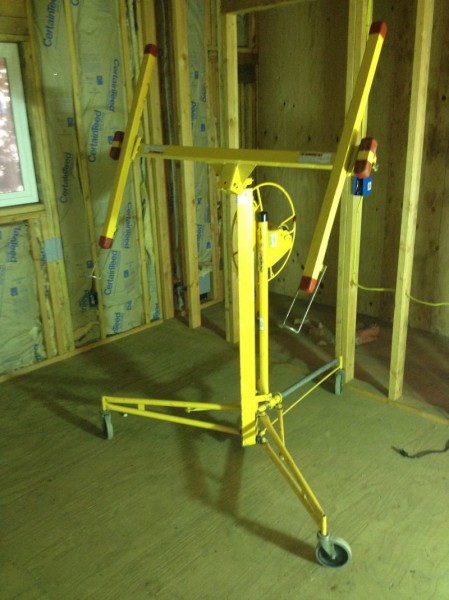
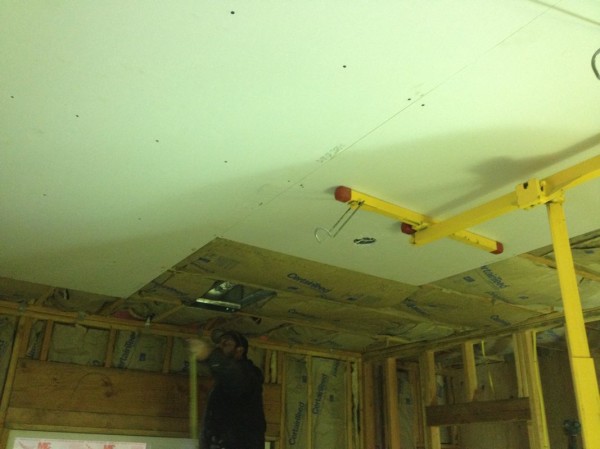
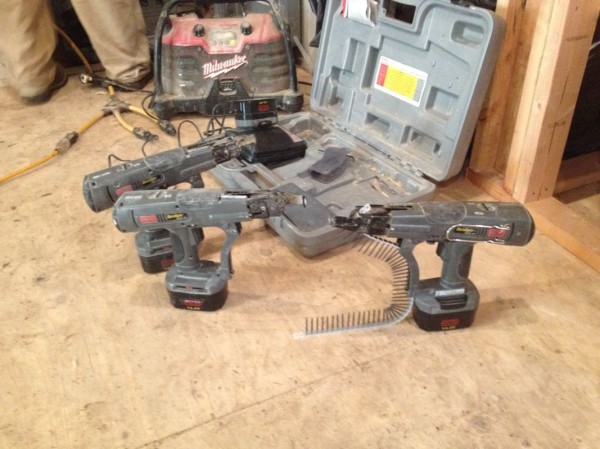
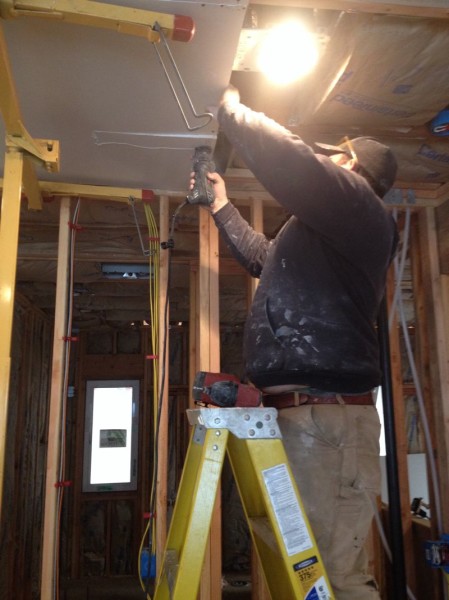
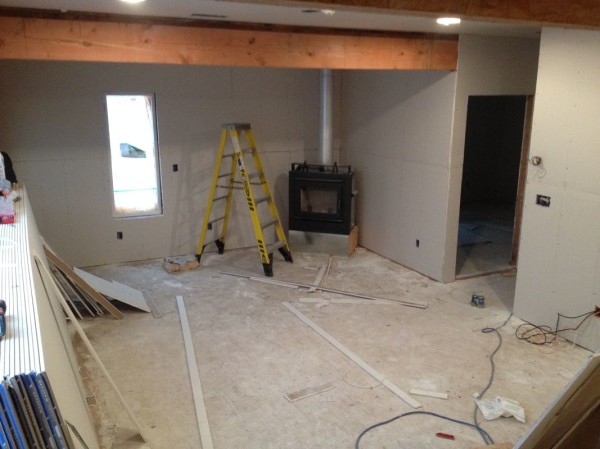
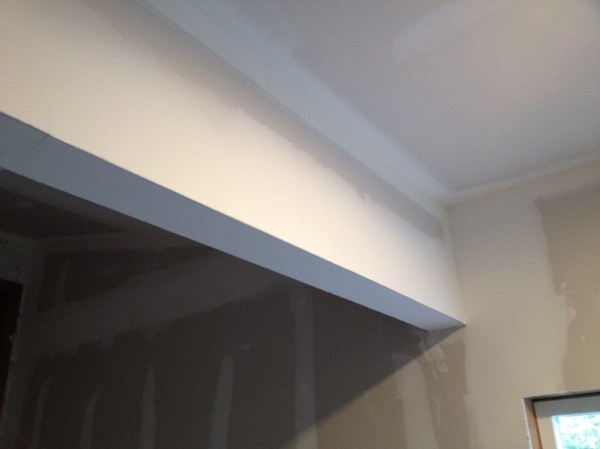
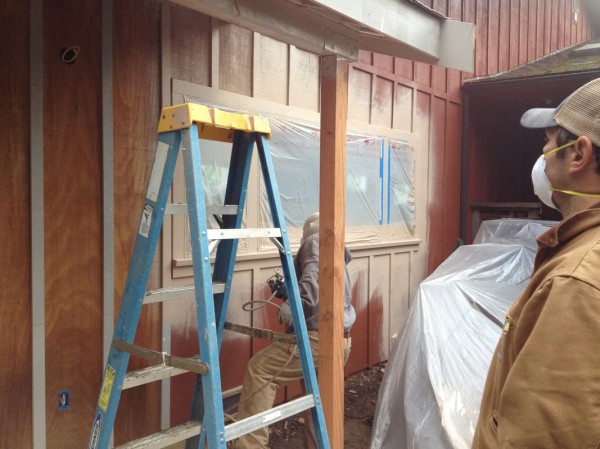
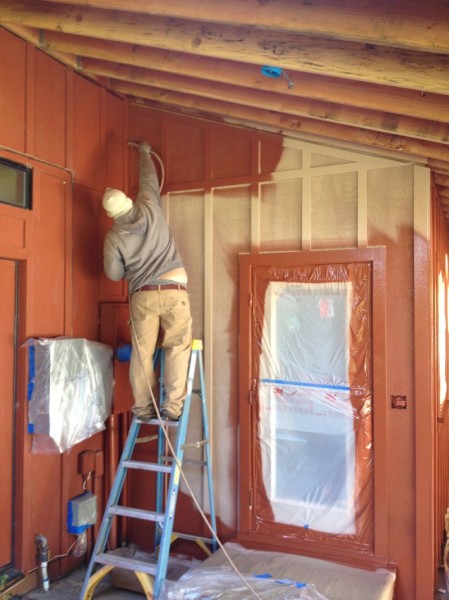
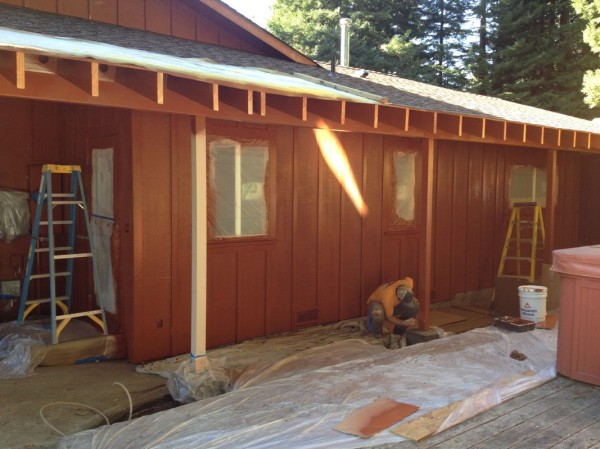
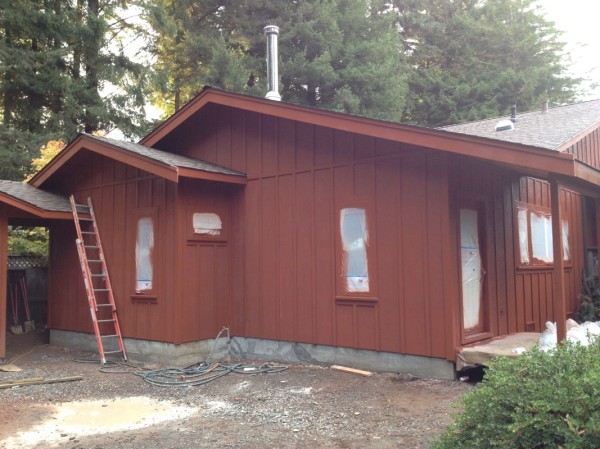
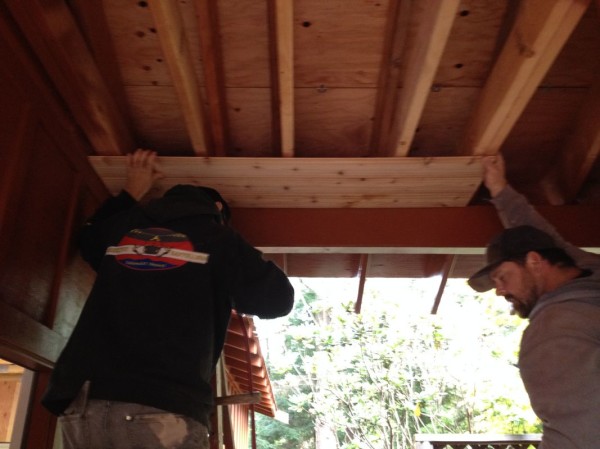
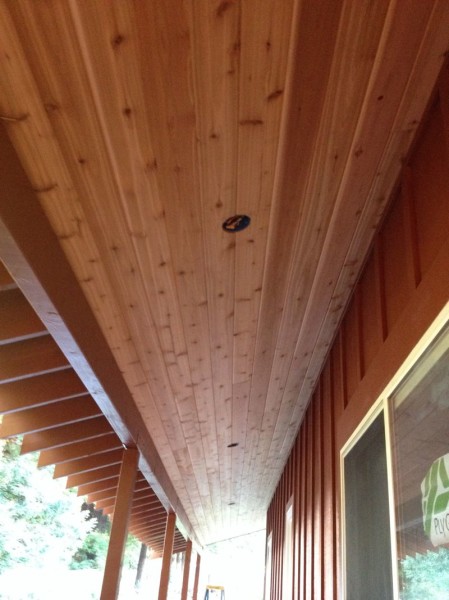
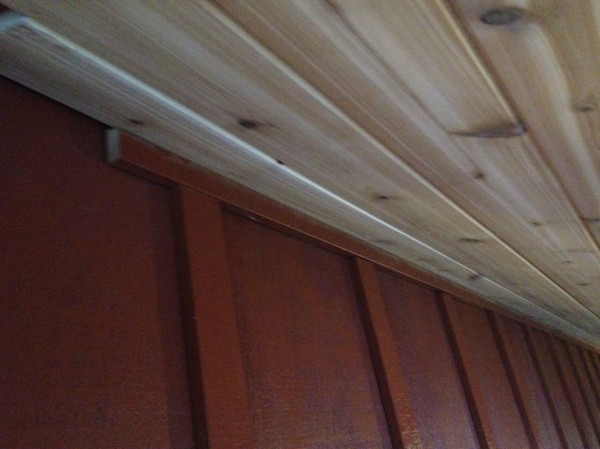
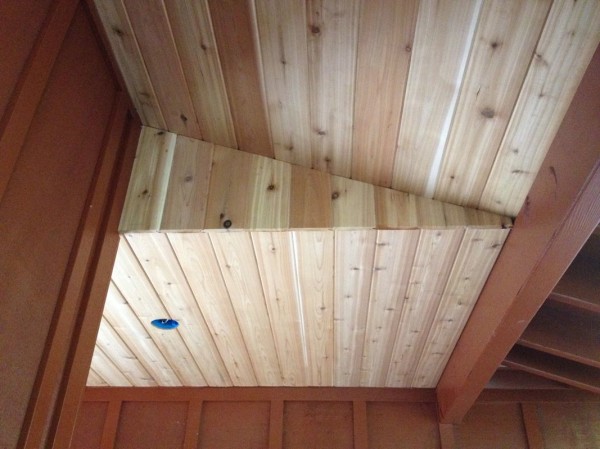
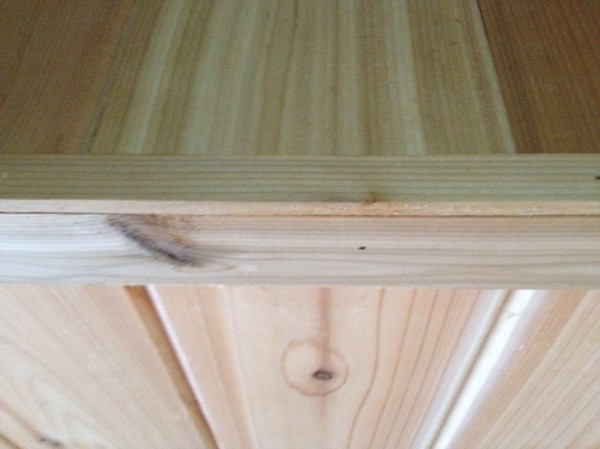
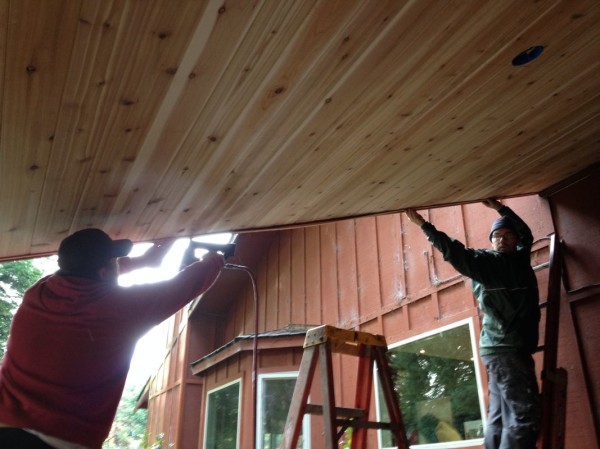
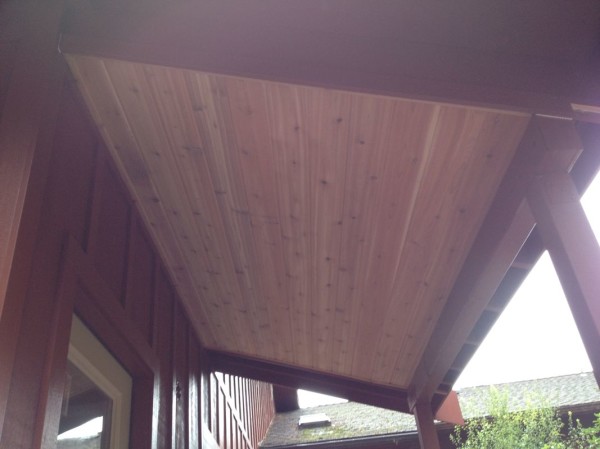
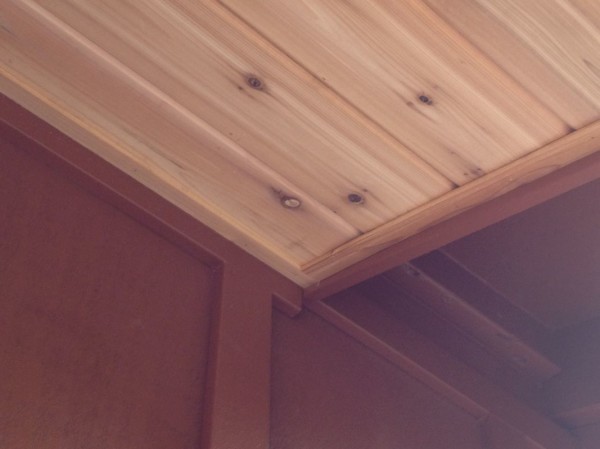
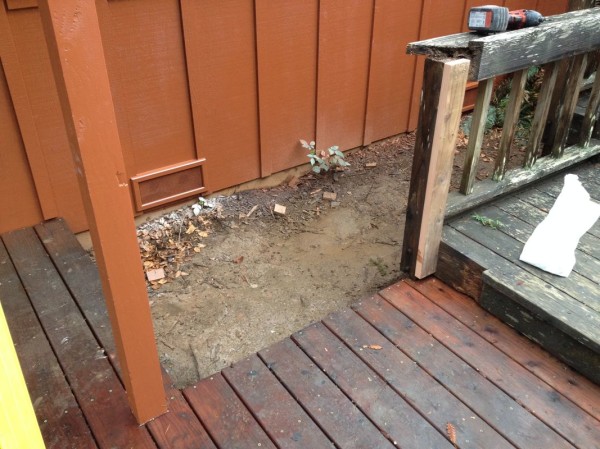
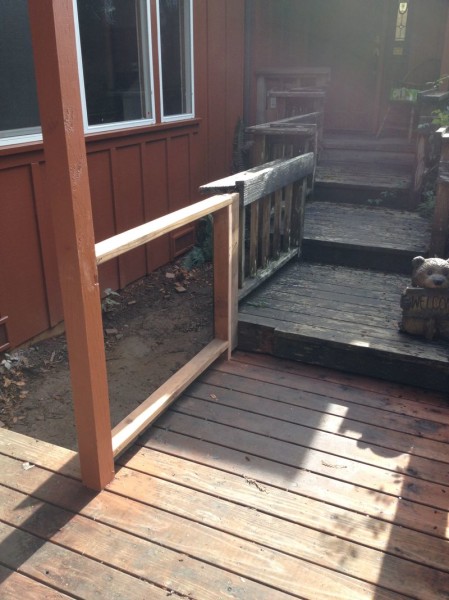
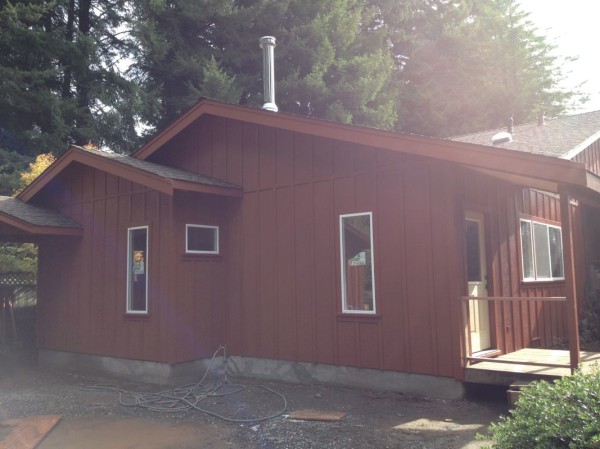
Beautiful writing and home! It’s been wonderful to learn about this journey through your thought-provoking lens 🙂